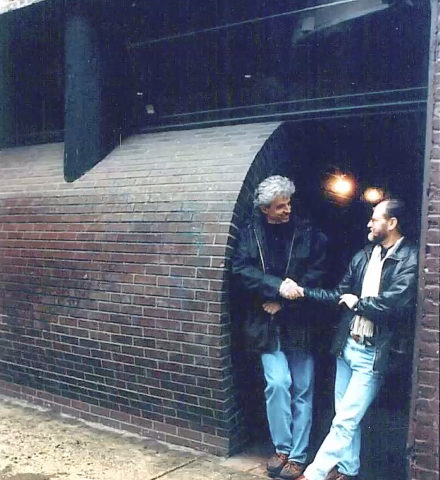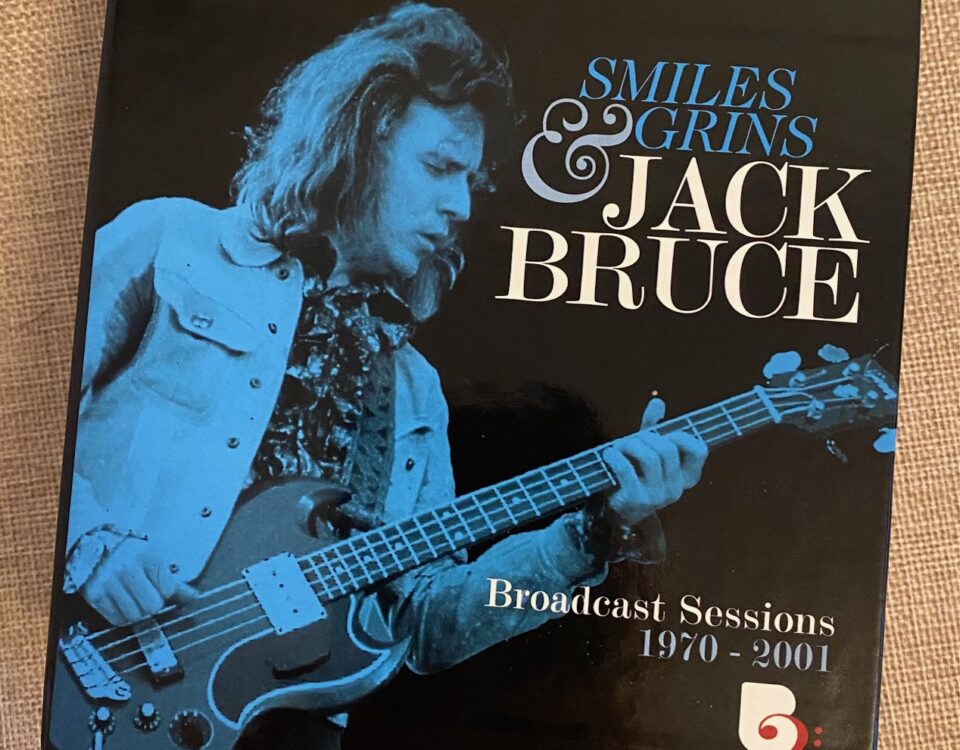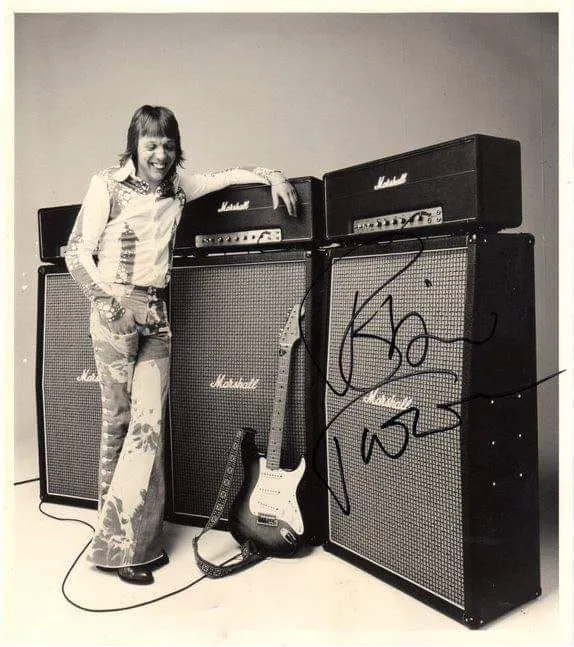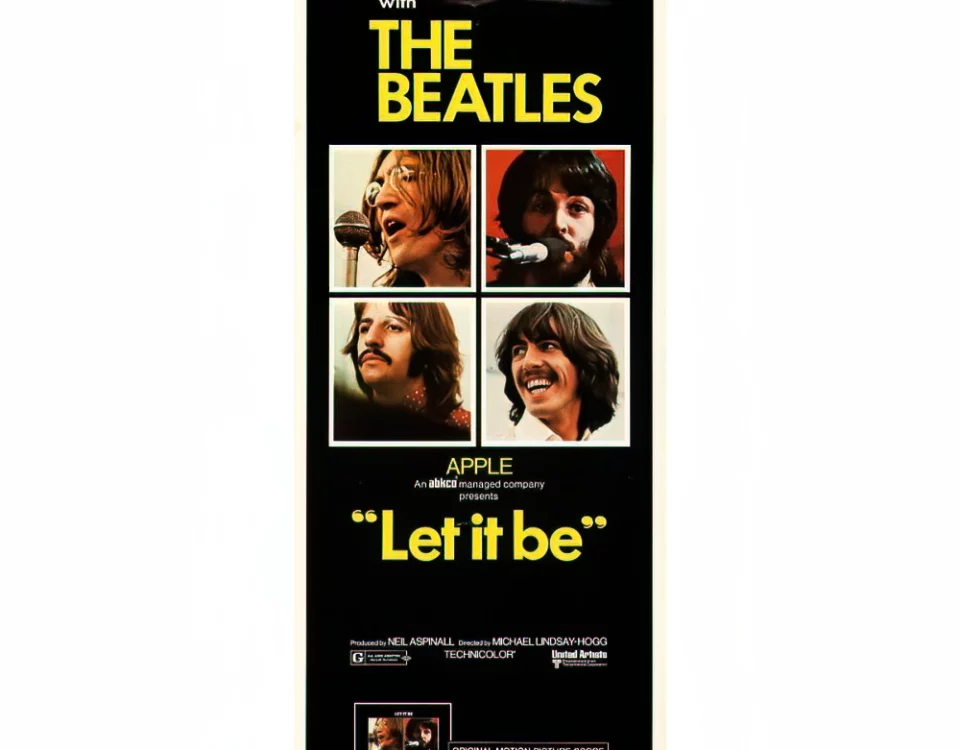Tales from Electric Lady…

All photos in this post courtesy WSDG.
“Pass it on, pass it on, to the young and old…” Jimi Hendrix sang, and that seems to be happening more and more frequently in the creative realms.
Today I had the chance to attend a seminar – virtually, as one must do in the 2020 pandemic daze – presented by John Storyk. Storyk designed Jimi Hendrix’s Electric Lady Studios, which first hosted Hendrix sessions 50 years ago this month. I already knew John has a very helpful nature, as he assisted me with several aspects of my book Modern Listener Guide: Jimi Hendrix including passing along a number of materials related to the design and construction of Jimi’s dream studio.
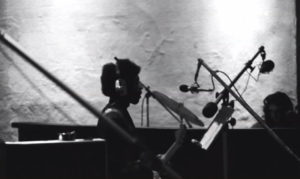
Jimi Hendrix and Mitch Mitchell record at Electric Lady Studios, 50 years ago.
The Electric Lady project was young Storyk’s first foray into studio design, a step that all these years later finds his firm WSDG – Walters Stroyk Design Group – rightfully regarded as a world-renowned leader in studio and sound design. WSDG embraces the responsibility of passing on concepts and information, and today’s program was just one of a series of webinars scheduled in months to come.
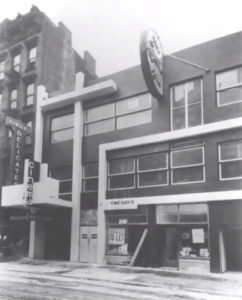
52 West 8th Street in New York’s Greenwich Village, long before Electric Lady construction began.
Storyk – from his home in North Carolina – began by reminiscing about his initial meetings with Hendrix and his manager, Michael Jeffery. The two had taken over the Generation nightclub on 8th Street in Greenwich Village. Their plan: create their own nightclub, with limited recording facilities. Storyk was duly hired to transform the space.
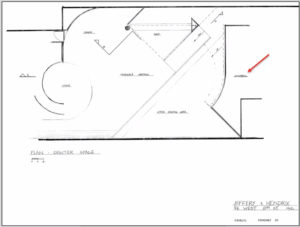
John Storyk’s original design for Hendrix and Jeffery’s planned nightclub/recording facility.
Enter Hendrix engineer Eddie Kramer. He pointed out that the idea of a nightclub was preposterous when Jimi was spending thousands upon thousands of dollars renting studio time. The 8th Street building would be much more useful as a dedicated recording facility. Storyk thought he’d lost his job as a result of this refocusing, but soon thereafter he was brought aboard to take his first swipe at a studio design.
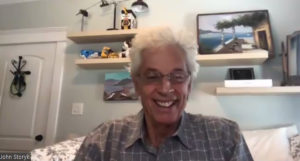
John Storyk leading today’s webinar from his home in North Carolina.
During today’s seminar, Storyk announced a special guest – none other than Eddie Kramer himself, checking in from his home in Toronto. Making the most of current technology and the travel restrictions of the pandemic, Kramer had just this week tracked sessions in Arkansas remotely from Canada.
Joining in the session, Kramer restated the need for Jimi to have his own facility at the time, assessing the New York studios then in existence in blunt terms: “They were horrible – they were just boxes.”
This led to Storyk’s approach to the new studio being designed for Hendrix: “flavor, tone, color – that it would be like a home for him.”
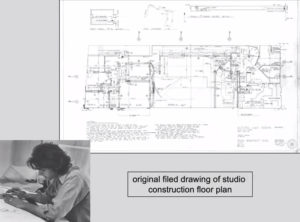
Young John Storyk labors over the complicated design of Electric Lady Studios.
Storyk recounted the infamous incident early in Electric Lady construction when excavation was suddenly interrupted by a violent flow of water from underground. They had accidentally tapped into the subterranean water table under the area, what had likely long before been a river. Storyk noted that to this day, two pumps run 24 hours a day in the lower recesses of the building.
Despite that and other construction delays, Storyk followed his senses and despite a lack of expertise at the time, ended up designing a highly effective studio. One of the features that makes it an excellent rock and roll studio is the large “cloud” hanging in the main room. Storyk noted that this acts as a frequency absorber, yielding a tight, rock and roll sound.
“There’s a lowering of reverb time as frequencies are lowered,” he explained.
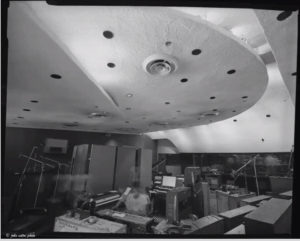
The frequency absorbing cloud hovers overhead in the main Electric Lady tracking room.
Kramer, who was in the midst of a session today, had to drop off the session, and Storyk soon steered the seminar on from Electric Lady to analyze other aspects of studio design and where the industry is going in the future as focus grows on immersive sound concepts. But not before he stressed one of the key factors about Electric Lady at the time.
“The main point: the artist takes control.” Jimi was freed from the commercial studio system, and Electric Lady served as a model for the studios that have come in its wake, ones that “contain vibe and personality.”
Storyk offered one last thought before moving on: “Studios are workshops. They should be a little messy…”
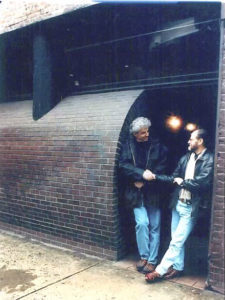
John Storyk (left) and Eddie Kramer in 1997, weeks before the distinctive curved facade of Electric Lady was demolished.
